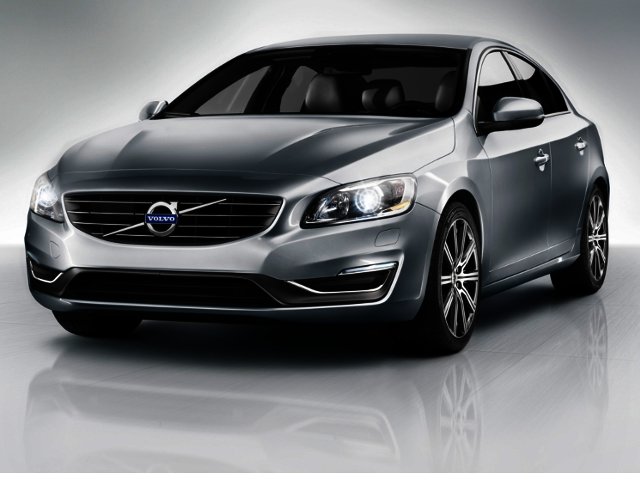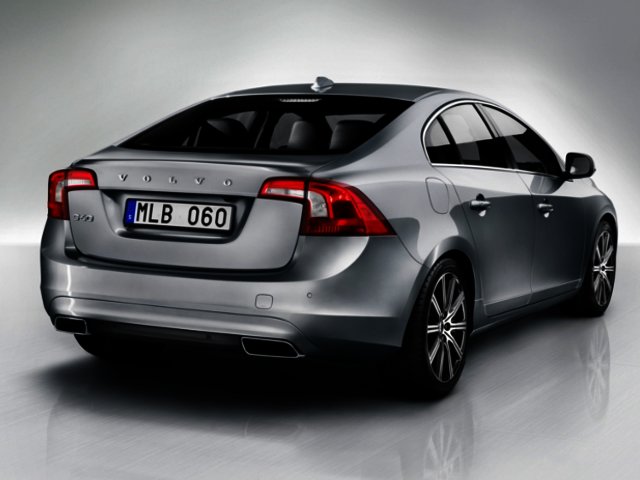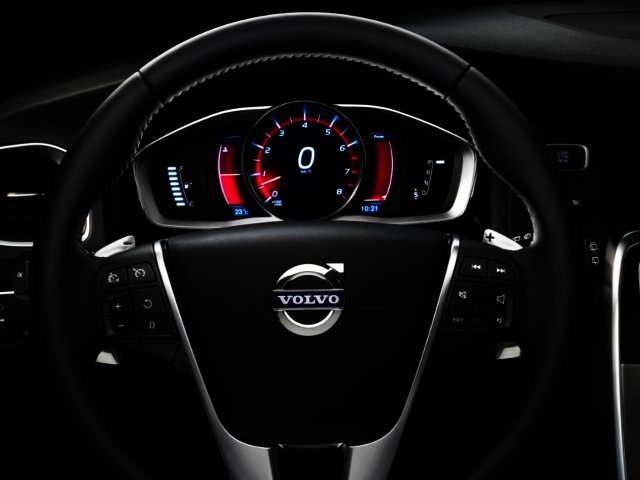Volvo updates the S60, V60 and XC60
By Hanleigh Daniels 22 February 2013 | Categories: news
Scandinavian car maker Volvo has always been known for the safety and practicality of its cars, and now aims to add stunning design and technological leadership to its attributes, courtesy of the revamped 60 range.
According to Lex Kerssemakers, senior VP of Product Strategy and Vehicle Line Management at Volvo Car Group, the update to the 60 line is much more than a simple facelift since it boils down to the most extensive development of existing models in the company’s history.
In terms of design, the most significant changes involve the removal of the chrome frame around the grille, incorporation of more pronounced, single-unit headlamps and the new ironmark badge being made bigger.
Larger 19" wheels is on offer on the S60 saloon and V60 station wagon, with the XC60 crossover getting the 20" wheel treatment, whilst drivers will now find new integrated tailpipes at the back of all the new vehicles in this range. Inside the cabins, interior enhancements include new upholstery colours, wood inlays, a new headliner, as well as silk metal frames around the air vents and light controls.

Volvo looks to bring sexy design back with its revamped 60 line, as attested to by the S60.
New tech introduced in the 60 line
The company provided plenty of details of the impressive new in-car tech, including the new Sensus Connected Touch infotainment system that incorporates a 7" touchscreen that can be used even when the driver is wearing gloves.
This infotainment system can connect to the web via a car-mounted 3G/4G dongle or the driver’s Wi-Fi-enabled smartphone, delivering access to features such as full internet browsing (not accessible whilst driving), embedded connected 3D navigation with online traffic info and dangerous zone warnings, free parking locator, and local weather information.
Corner Traction Control is now standard on the XC60, with this torque vectoring system assisting drivers in avoiding understeer by applying brake force to the inner wheels while powering the outer wheels when accelerating out of a corner. In addition, the optional Hill Descent Control system will automatically control the car’s speed when driving down steep slopes.
Adaptive Digital Display tech
Volvo’s Adaptive Digital Display that made its debut on the new V40 is now also available in the new S60, V60 and XC60. This active TFT (Thin Film Transistor) crystal display enables the driver to choose between three graphic themes to showcase the most important info in any given situation.
The Elegance theme is the base mode, revealing traditional info the likes of the speedometer, engine temperature etc., whilst the Eco theme features a green background illumination and displays an Eco meter that reveals the current and accumulated fuel consumption figures. Within the Eco theme, the driver is rewarded with a green E light when eco-driving (lowest fuel usage) is optimal.
Performance has red background illumination, creating a sporty atmosphere. In this theme, a big rev counter replaces the speedometer since vehicle speed is shown digitally in the centre of the display. A power meter is included to show the driver how much engine power is available and how much power is being used at any given moment in time, useful on the highway when you wish to know if there is enough power left to overtake.

Lower fuel consumption
Volvo asserted that it will continue to push the boundaries of fuel efficiency across the 60 model and engine range, with fuel consumption of the 84 kW, four-cylinder D2 diesel in the new Volvo S60 (manual) being improved to a class-leading four litres per 100 km.
Within its estate cousin, the new Volvo V60 D2, class-leading fuel efficiency is also attained at 4.1 litres per 100 km according to the company. Volvo XC60 drivers will also see improved fuel usage figures, with both the D5 and the D4 versions with a manual gearbox and all wheel drive, delivering a claimed combined usage figure of 5.3 litres per 100 km.
Beyond fuel efficiency gains, there are a few improvements with petrol power too, with the S60’s 1.6-litre GTDi (Gasoline Turbocharged Direct Injection) engine T4 (132 kW - automatic) or T3 (110 kW - automatic) now delivering 6.8 litres per 100 km, whilst the corresponding V60 T4 and T3 delivers 7.2 litres per 100 km.
Safety features
Some of the safety features include Pedestrian Detection with full auto braking and Active High Beam Control, which eliminates the need for the driver to switch between low-beam and high-beam (brights) lighting as the car is able to sense oncoming cars and automatically rotate.
The S60, V60 and XC60 can also be fitted with optional Blind Spot Information System (BLIS), a radar-based safety system that monitors and alerts the driver to rapidly approaching vehicles up to 70 m behind your car, whilst also informing the driver about vehicles in the blind spots on both sides of the car.
Cross Traffic Alert uses the radar sensors at the rear of the car to alert the driver to crossing traffic from the sides when reversing out of a parking space, which is especially handy within heavily congested areas where the side view may be restricted. Another useful piece of tech is Road Sign Information that supports the driver by displaying road signs on the instrument display.
“As the leader in automotive safety, we have reduced the risk of being involved in an accident or being injured in one of our latest car models by around 50% since the year 2000. By continuously introducing new preventive and protective systems, we keep moving towards our safety vision that nobody should die or suffer serious injuries in a new Volvo car by the year 2020,” said Thomas Broberg, senior safety advisor at Volvo Car Group.
To the point
Volvo SA expects the updated S60, V60 and XC60 to launch in South Africa during late Q4 2013 (around November), with local model specifications and pricing being announced closer to that local launch timeframe.
In related news, GM Africa recently added Opel’s top performance Astra OPC (Opel Performance Centre) to its passenger vehicle range here in South Africa. The Astra OPC is the most powerful production Astra the company has produced to date, powered by a turbocharged direct injection 2.0 litre engine offering up 206 kW at 5500 RPM and 400 Nm of torque between 2500 and 4500 RPM.
Most Read Articles

Have Your Say
What new tech or developments are you most anticipating this year?



